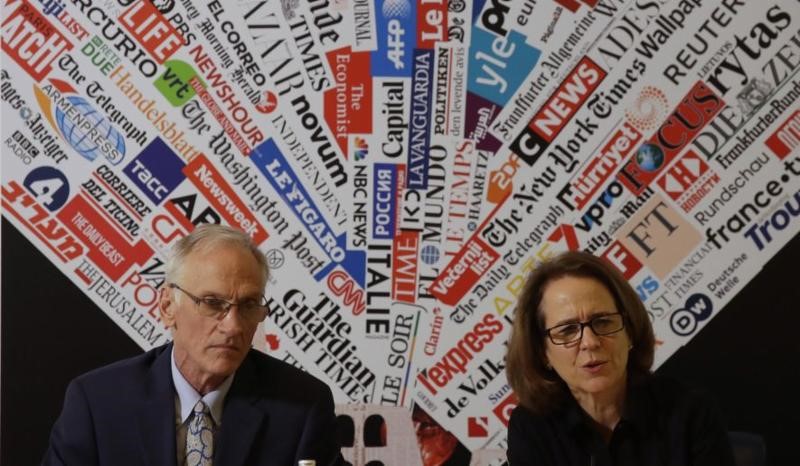|
The Monitor | Two Popes. Zero Solutions. Where's the Hope? |
As Catholics celebrate Easter, the institutional church stands more exposed than at any point in its history. Prosecutors and lawmakers around the world are ending the impunity of Catholic church leaders who enable abuse or commit abuse themselves.
Civil authorities are filling a leadership void that begins at the top: the refusal by Pope Francis -- and his predecessors -- to enact needed reforms. Pope Francis again showed his resistance to crucial remedies at his global abuse summit in February, which he had convened in response to an international uproar.
Yet papal foot-dragging didn't begin with Francis. We were reminded of this last week, when Benedict XVI unexpectedly re-entered the public sphere with his take on the crisis.
Much has been made by the commentariat of the differences between the two popes. Little has been made of their core similarity. Neither has achieved what should have been job one: rectifying the incalculable harm done to hundreds of thousands of children sexually abused by clerics. Benedict left hundreds of culpable bishops in power and a system of secrecy intact. Francis is on course to do the same. So where's the hope? Despite the disappointments, tiny signs of progress are sprouting inside the church. More than half of U.S. dioceses, for instance, post lists of accused clergy. Yet the real hope lies outside the church. A global movement toward accountability is being accelerated by civil authorities -- but it exists only because of the courage and strength of survivors willing to come forward about their abuse. In their fight to protect children and vulnerable adults from sexual violence, survivors now frame the public conversation about the crisis. This fact was nowhere more evident than at the abuse summit.
I was lucky enough to be in Rome to hold news conferences during the summit, along with activist and survivor Phil Saviano, a member of the BishopAccountability.org's board of directors. The survivors and activists held news conferences, vigils, and a march through Rome. Thousands of news reports were published, including hard-hitting investigations that spotlighted countries like Poland, where abusive priests openly minister. This was public consciousness-raising on a massive scale. It felt transformative. This all reminds me of an observation by our friend and colleague Kathy Shaw, who died last June. Kathy spoke often about the contribution of survivors to the church. She had been a groundbreaking reporter on the crisis before shifting to management of the Abuse Tracker, our daily blog that gathers news on the crisis. In a video about our work, she said, "The activists that are trying to make the church safer are ... going to end up basically saving the church." I share her hope and optimism. There has never been a more promising moment to protect children, obtain justice for survivors, and ... we hope ... facilitate much-needed change in the Catholic church. Warmest wishes for a happy Easter,
Anne Barrett Doyle, Co-Director
|
.
Any original material on these pages is copyright © BishopAccountability.org 2004. Reproduce freely with attribution.

